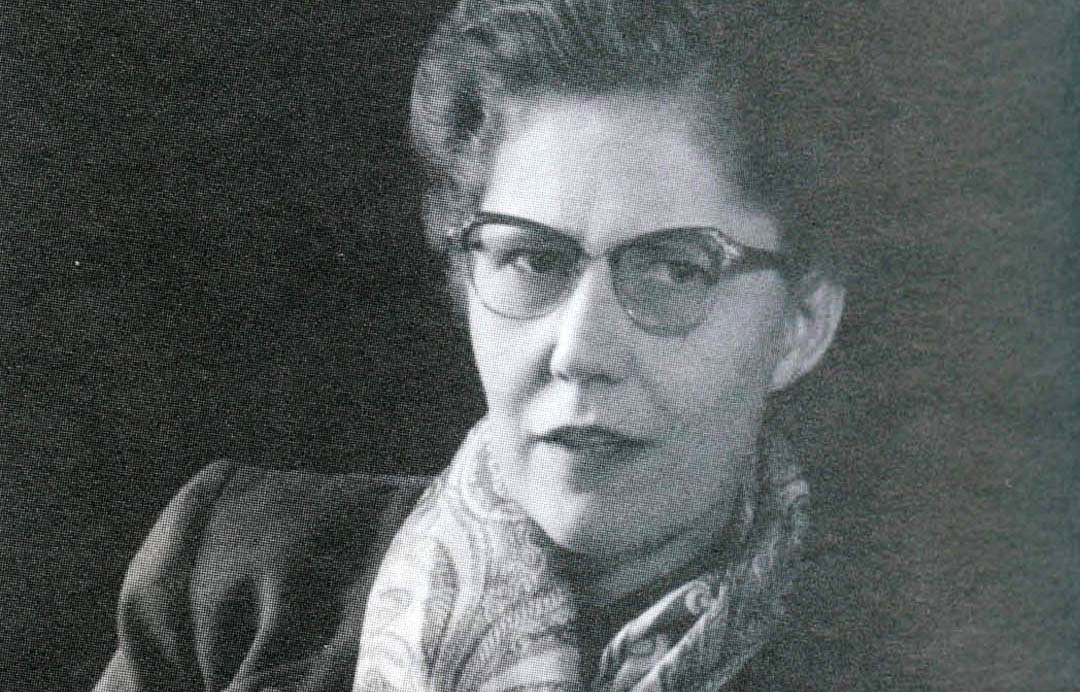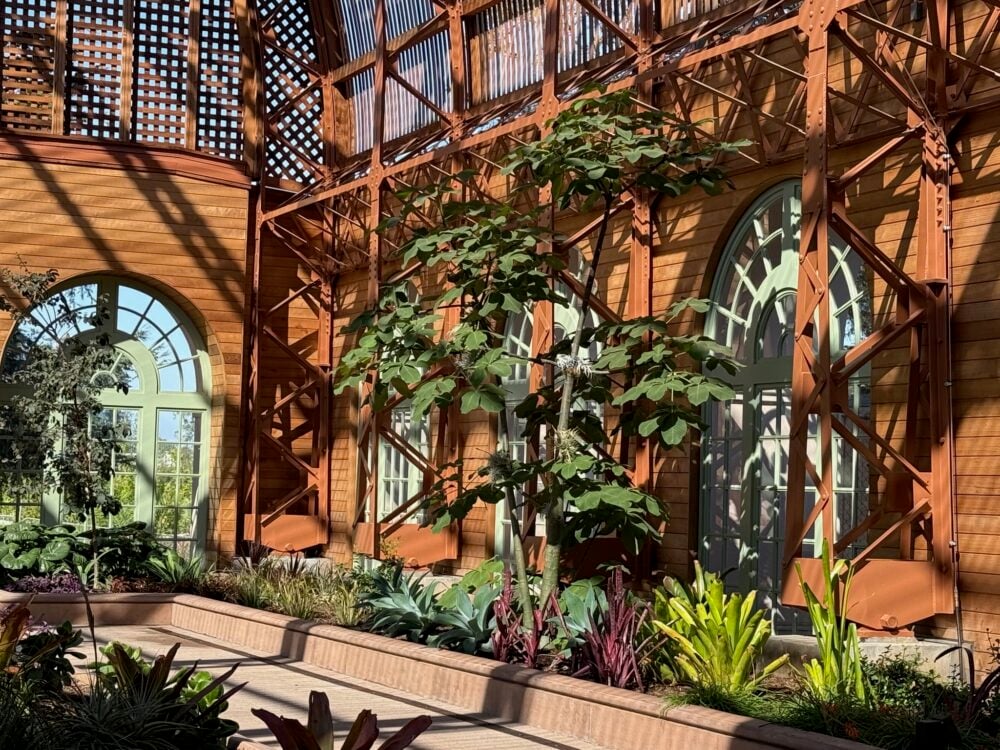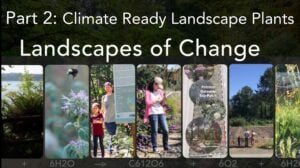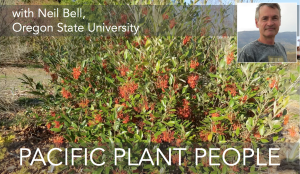

Contributor
- Topics: Archive

Elizabeth McClintock was an uncommon botanist in her passion and dedication to the world of horticulture, and particularly to the many challenges presented in maintaining consistency in the nomenclature of plants of ornamental value. Her contributions to public horticulture, through her involvement with the San Francisco Academy of Sciences, Strybing Arboretum & Botanical Gardens, Pacific Horticulture, and the California Native Plant Society, mark a long and distinguished career.
A native of Los Angeles, she held undergraduate and graduate degrees in botany from UCLA, and a PhD in botany from the University of Michigan; her specialty was taxonomy, or the classification, naming, and distribution of plants. She settled in San Francisco in 1949 and accepted a position in the botany department of the California Academy of Sciences. She retired from her position as curator there in 1977, with the title of Fellow of the Academy.
Among Elizabeth’s tasks at the Academy was editing of the Journal of the California Horticultural Society, which she did from the early 1950s until the launching of Pacific Horticulture in 1976. She served as Pacific Horticulture’s associate editor for twenty-five years, reviewing the nomenclature and contributing articles on a wide array of subjects, but most notably on the trees of Golden Gate Park. What began as a couple of one-page articles on the park’s trees, intended to help fill the pages of the new journal in its first year, grew into a series of seventy-one articles, over twenty-five years, covering more than 170 kinds of trees growing in the park. That popular series was eventually re-edited and assembled as Trees of Golden Gate Park and San Francisco, published in 2001 by Heyday Books of Berkeley.
Publications were a significant aspect of Elizabeth’s career. A booklet entitled Trees of the Panhandle established the importance of Golden Gate Park’s panhandle and northwest corner, and helped prevent construction of a freeway through the area in the 1960s. A Flora of San Bruno Mountain, written with Walter Knight, was influential in creating a county park on the slopes of this mountain treasure south of San Francisco. Her Checklist of Woody Ornamental Plants of California, Oregon, and Washington has been of tremendous value to those in the horticulture industry since its publication in 1979. She collaborated on the preparation of Hortus III (1976) and The Jepson Manual (1993), and published botanical monographs on the genera Hydrangea, Monarda, and Teucrium.
Elizabeth worked tirelessly throughout the West to preserve natural areas and to identify and control the spread of invasive exotic plants that threaten our native plant communities. She worked with the California Natural Areas Coordinating Council, was a charter member and fellow of the California Native Plant Society, and served on the board of trustees of the Northern California Chapter of The Nature Conservancy and on the executive committee of the Sierra Club’s San Francisco Bay Chapter. She also represented the Western region of the United States as a vice-president for the International Dendrological Society.
Elizabeth received a number of awards over the years in recognition of her many efforts and accomplishments. In 1977, the Massachusetts Horticultural Society presented her with their Silver Medal. In 1982, she was listed in American Men and Women of Science. In 1986, she was awarded the Liberty Hyde Bailey Medal by the American Horticultural Society. She received the 1997 Award of Merit by the American Association of Botanical Gardens and Arboreta (AABGA). She had served on the board of directors of AABGA, as its president from 1962 to 1963, and actively participated in the programs of this professional organization over a forty-year period. In 2002, The Royal Horticultural Society in London bestowed upon her the prestigious Veitch Gold Medal, the highest award given by that organization to a non-British horticulturist who has worked to advance the science and practice of horticulture.
Elizabeth was not a gardener, but she was a plant enthusiast of the first order. She loved to collect plant specimens in the field and to compare mounted specimens at herbaria all over the world. She enjoyed traveling both to botanize and to experience the different cultures.
Elizabeth McClintock is survived by an extensive international community who continue to benefit from her contributions to the study of plants—the legacy of a stellar career that spanned more than fifty years on the West Coast. A memorial gathering is planned for the San Francisco Botanical Garden at Strybing Arboretum.
RGT








Responses